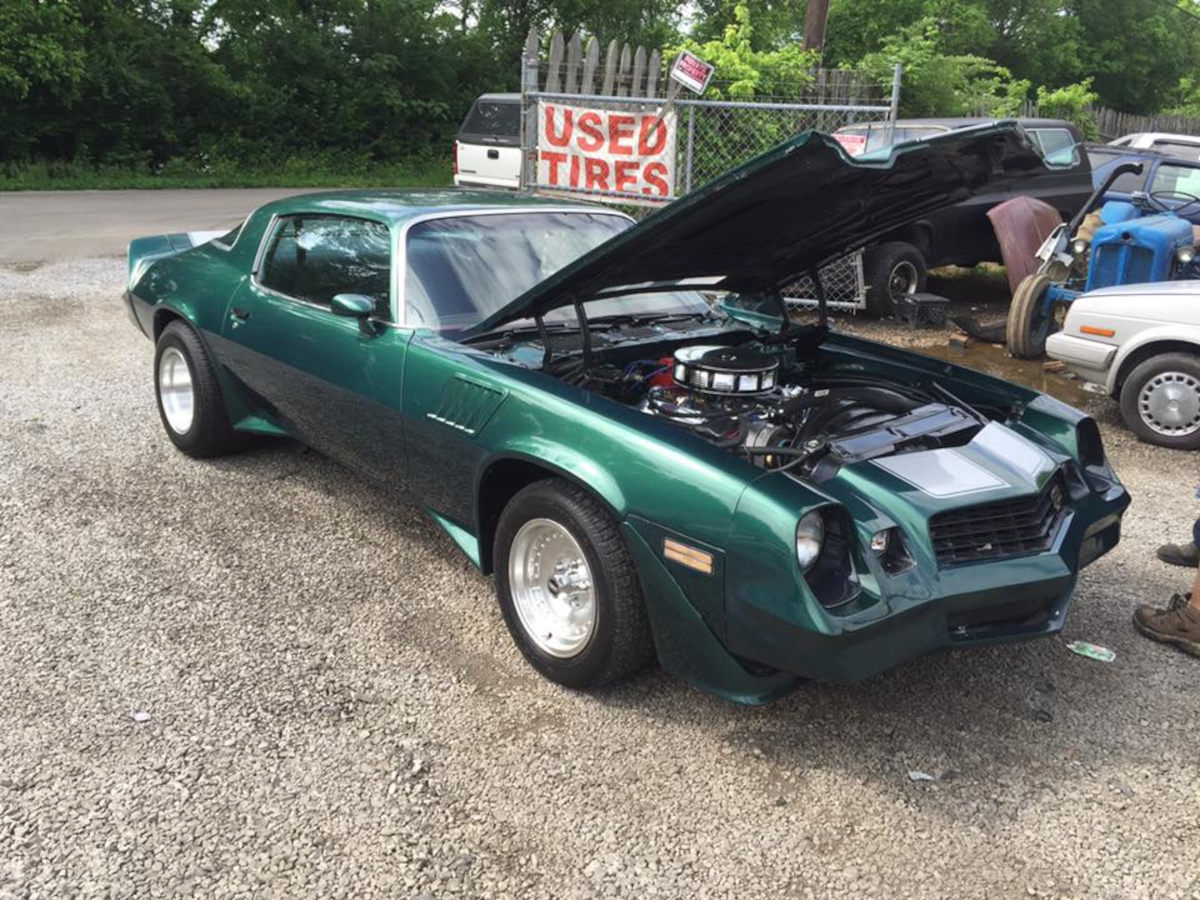
Table of Contents:
- Key Takeaways
- Understanding the Market for Used Auto Parts
- Prepping Your Vehicle for Parting Out
- Shipping and Handling: Best Practices
- Networking with Auto Repair Shops and Junkyards
- Upscaling Parts: From Junk to Functionality
- The Digital Edge: Using Social Media to Sell Auto Parts
- Turning Junk Cars into a Profitable Endeavor
Key Takeaways:
- Gauge market demand and determine the value of your car parts before selling.
- Learn the systematic approach to disassembling and storing auto components effectively.
- Employ strategic selling techniques using both online and offline resources.
- Be aware of the necessary legal documentation and shipping best practices.
- Understand the significance of customer service in cultivating business relationships.
Understanding the Market for Used Auto Parts
Within the automotive world, there’s a significant second-hand market where parts from a seemingly worthless junk car can find new life. Scrutinizing this market starts with recognizing which components are in demand and how factors such as the part’s condition, model-specific scarcity, and car make can affect a part’s pricing.
When weighing the profitability of selling parts from your vehicle, consider the worth of each piece. While the engine may constitute a significant slice of the car’s value, more minor parts like sensors and switches could be surprisingly worthwhile if they fit into niche market categories. Furthermore, even mundane parts can garner a premium for specific car brands and models, especially those with enthusiast followings. In the business of selling car parts, knowledge is profit.
For those keen on extracting maximum value from an end-of-life vehicle, the inventory of auto parts for sale is an excellent reference point for understanding how to price and categorize parts for a potentially eager audience.
Prepping Your Vehicle for Parting Out
Once you sell your car’s parts, the next logical step is diligent vehicle disassembly. This process requires a systematic approach to ensure that valuable parts are removed without damage and categorized and stored appropriately. From the environmental standpoint, ethically disposing of hazardous materials such as automotive fluids is not only conscientious but also a legal requirement in many locales. Creating an organized workspace and employing the right tools will expedite the disassembly process and also help prevent accidental damage to the parts you aim to sell.
Parts with greater demand, such as powertrain components, wheels, and high-tech accessories, should be handled with extra care. They should be cleaned, photographed, and stored in a manner that retains their integrity and makes them readily accessible for sale. It’s crucial to remember that how well you present these parts can significantly influence a buyer’s decision-making process.
Shipping and Handling: Best Practices
Once a sale has been secured, the focal point becomes the delivery of the auto part in perfect condition. Comprehensively understanding the nuances of packaging can make a world of difference. For instance, wrapping fragile electronic components in anti-static material or securing heavy components with adequate padding can minimize transit damage. Integrating a tracking system and insurance options can instill buyer confidence and provide both parties peace of mind.
Include a transparent breakdown of shipping costs within the sale advertisement, as hidden fees can deter buyers and tarnish your reputation. Efficient handling of returns or exchanges, should they arise, is a testament to your commitment to exceptional customer service and can lead to repeat patronage.
Networking with Auto Repair Shops and Junkyards
Investing time building professional relationships within the auto wreckers industry can reap substantial rewards, offering stability and avenues for repeat business. By aligning with repair shops, you’ll gain insights into the most sought-after parts and establish yourself as a go-to resource. Building rapport with local junkyards can also unveil opportunities for buying and selling parts, enabling a cycle of sustainable business practices.
Presence at trade shows, automotive flea markets, and local swap meets further enhances networking opportunities. At the same time, membership in industry associations can keep you abreast of the latest trends and regulations, ensuring your business model remains current and compliant.
Upscaling Parts: From Junk to Functionality
Not all parts are ready to be sold immediately upon removal. Upscaling or refurbishing such parts can significantly increase their value, presenting a profitable niche for sellers. Refurbishing involves cleaning, repairing, and often reconditioning parts to ensure they function correctly and safely. Whether it’s more feasible to handle refurbishment in-house or to partner with a professional service will depend on the complexity of the parts in question and your resources.
Market these revitalized parts with clarity, emphasizing their enhanced quality and the balance between cost-effectiveness and performance they offer. This can create a compelling argument for buyers favoring a greener option over purchasing new parts, thereby capitalizing on the growing trend towards sustainability in the automotive sector.
The Digital Edge: Using Social Media to Sell Auto Parts
Embracing social media as a sales channel can lead to unexplored opportunities. Platforms are hotspots for enthusiasts looking for parts to complete their projects. Curating a feed that showcases the parts, their conditions, and potential applications in restorations or upgrades can captivate an audience that traditional marketing channels may not reach.
Social media isn’t only about the broader reach; it allows for interaction with the community. Answering comments, sharing tips on installing or maintaining the parts, and demonstrating your expertise establish trust. This level of communion with prospective customers can lay the foundation of a business relationship beyond a singular transaction.
Turning Junk Cars into a Profitable Endeavor
Transforming a vehicle at the end of its life into a source of revenue is a matter of patience, knowledge, and strategy. It’s a process that holds environmental merits and can furnish car owners and repair enthusiasts with parts that otherwise may have become scarce. By adopting best practices in selling, networking, and customer service, your endeavor can do more than turn a profit—it can propagate a culture of recycling and reusability in the automotive world.